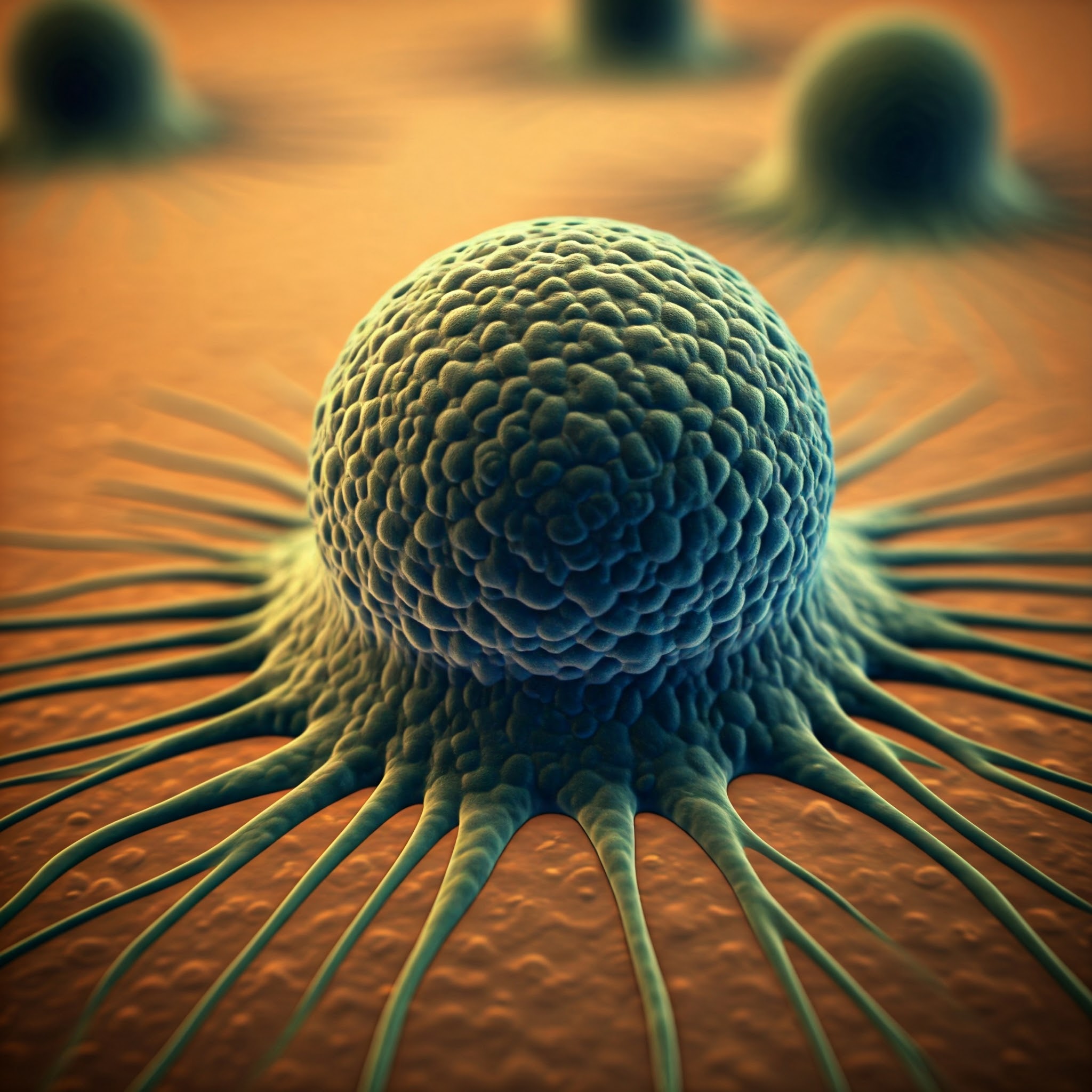According to the World Health Organization, more than 20 million individuals received a cancer diagnosis in 2022 alone, and the disease claimed the lives of around 10 million people. Although cancer has a wide spread, a minuscule cell may hold the key to more potent treatments.
The Lele Lab conducted a study lead by Texas A&M University graduate students Samere Zade of the biomedical engineering department and Ting-Ching Wang of the chemical engineering department that revealed fresh information regarding the process underlying the progression of cancer.
Their findings were published in the journal Nature Communications.
Cancer has proven to be a difficult disease to treat. It is extremely complex and the molecular mechanisms that enable tumor progression are not understood,
Our findings shed new light into how the stiffening of tumor tissue can promote tumor cell proliferation.
Dr. Tanmay Lele
According to the study, when a cell spreads out over a rigid surface, the nuclear lamina, which serves as a scaffold to help the nucleus maintain its form and structure, becomes taut and unwrinkled. Yes-associated protein (YAP), which controls cell division, travels to the nucleus as a result of this spreading.
The rapid growth of cancer cells in stiff settings may be explained by the increased cell proliferation that can result from that localization.
Drugs or treatments could be designed to soften the tumor environment, disrupting the physical cues that help cancer cells thrive.
The ability of stiff matrices to influence nuclear tension and regulate YAP localization could help explain how tumors become more aggressive and perhaps even resistant to treatment in stiffened tissues.
Samere Zade
Lele’s earlier discovery that the cell nucleus functions like a liquid droplet is expanded upon by these studies. In that study, scientists discovered that lamin A/C, a protein in the nuclear lamina, aids in preserving the surface tension of the nucleus. According to the latest research, lowering lamin A/C levels inhibits YAP localization, which in turn inhibits fast cell proliferation.
The protein lamin A/C plays a key role here reducing it made cells less responsive to environmental stiffness, particularly affecting the localization of a key regulatory protein (YAP) to the nucleus.
Samere Zade
Despite its seeming complexity and specialization, Zade and Lele think that the wider ramifications of their research could influence cancer treatments in the future.
Uncovering how matrix stiffness drives nuclear changes and regulates key pathways, like YAP signaling, opens the door to developing therapies that target these mechanical pathways,
Drugs or treatments could be designed to soften the tumor environment, disrupting the physical cues that help cancer cells thrive. Lamin A/C and related nuclear mechanics could become targets for cancer treatments.
Samere Zade
In the future, the Lele Lab hopes to explore how much of their findings apply to patient-derived malignancies.
Source: Texas A&M University – News
Journal Reference: Wang, Ting, et al. “Matrix Stiffness Drives Drop like Nuclear Deformation and Lamin A/C Tension-dependent YAP Nuclear Localization.” Nature Communications, vol. 15, no. 1, 2024, pp. 1-17, DOI: https://doi.org/10.1038/s41467-024-54577-4.
Last Modified:





